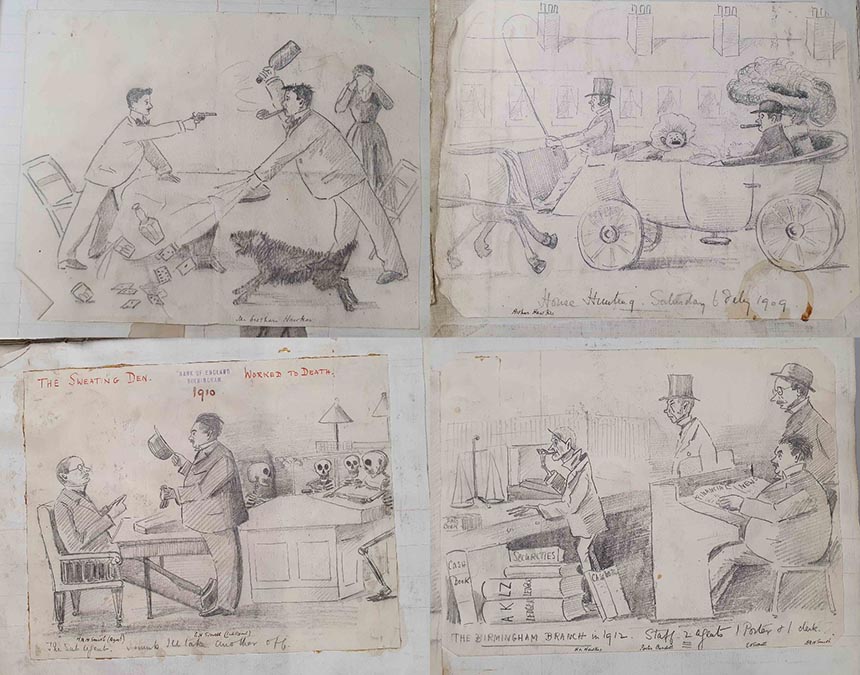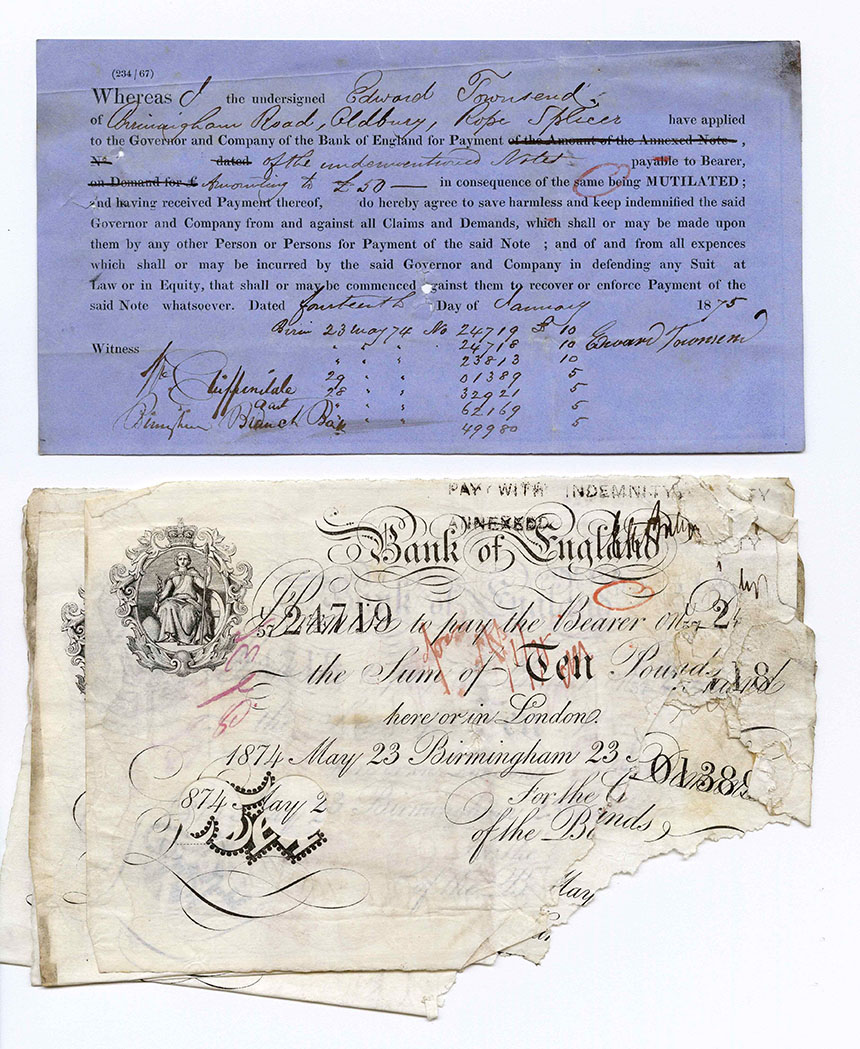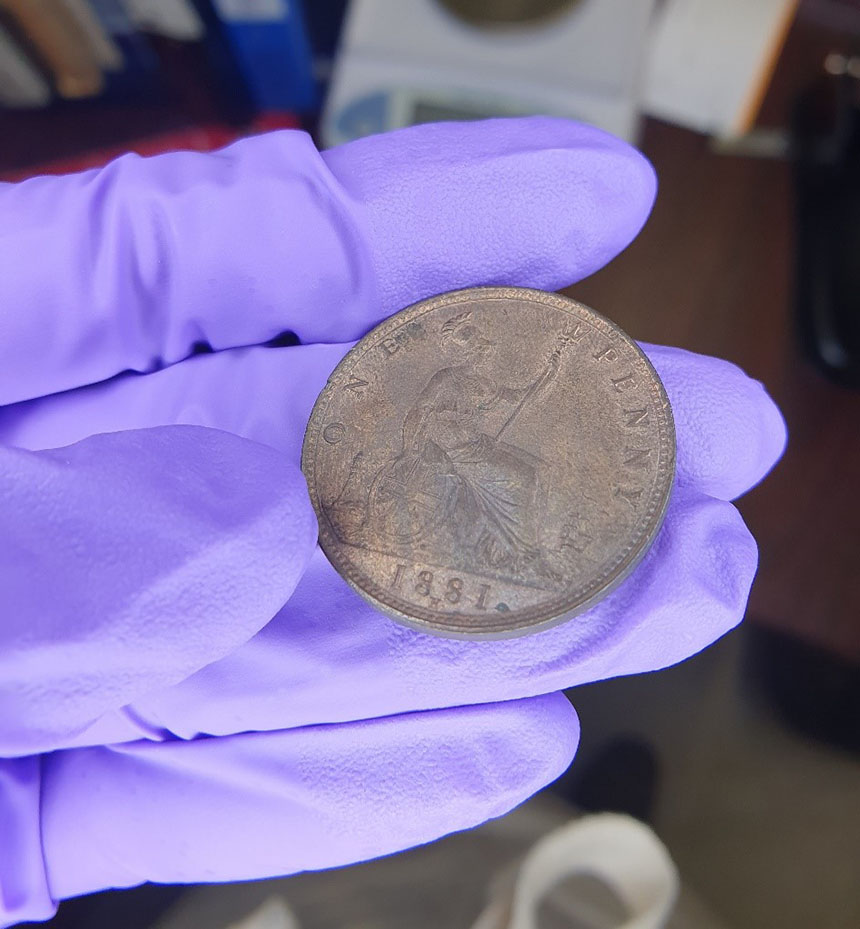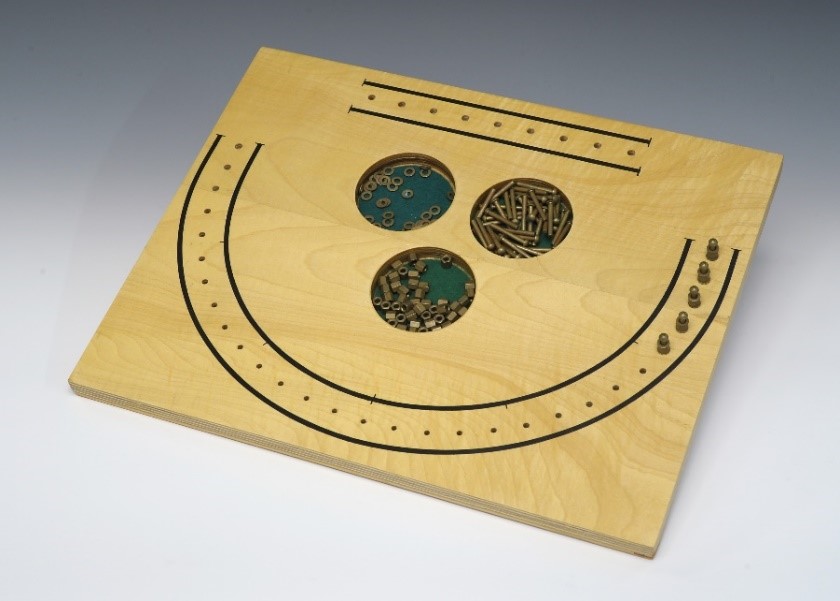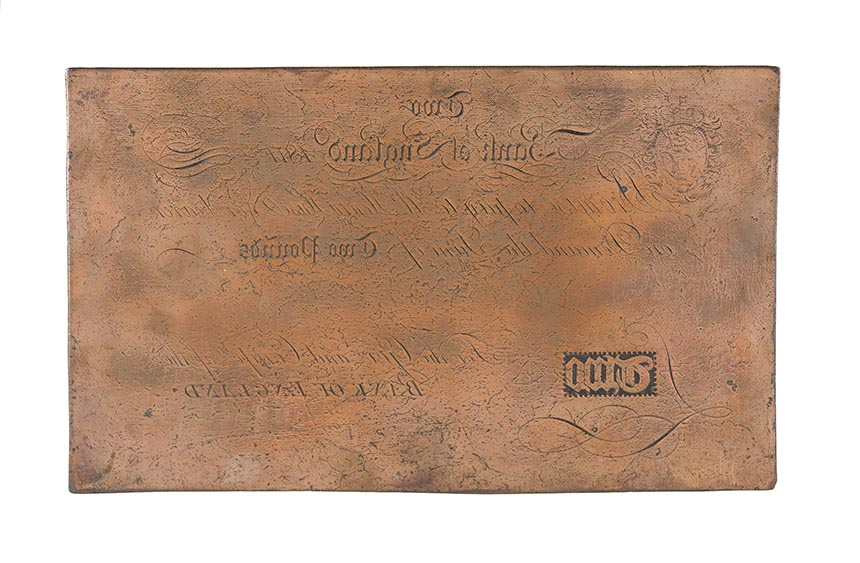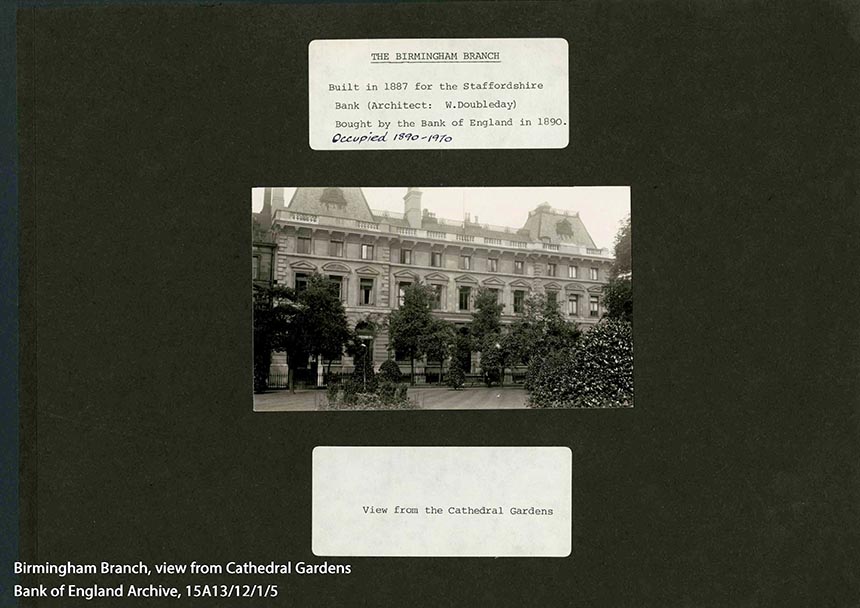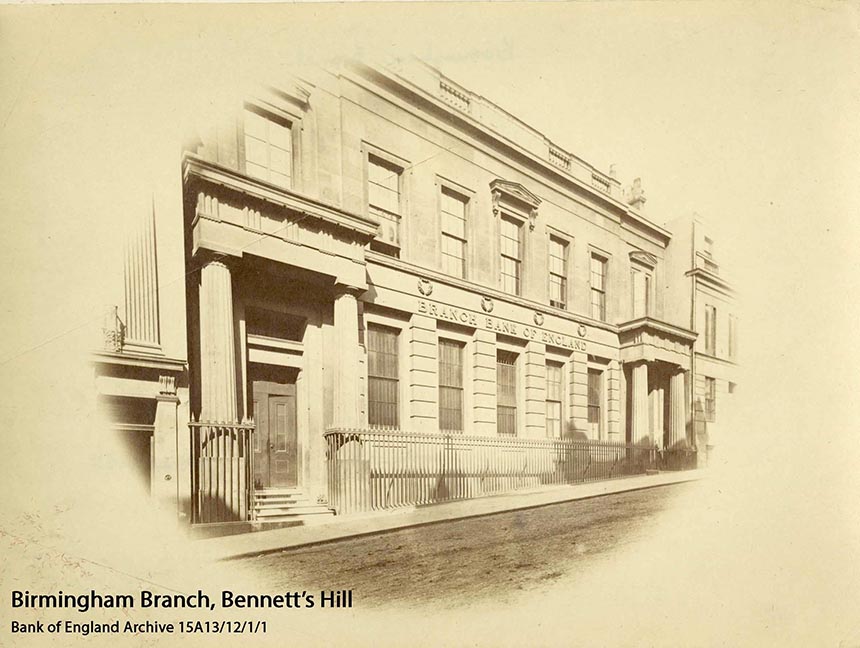Blog
Ellie Paton, Collections Officer
It's Birmingham Heritage Week and I just have to talk about it! I lived in Birmingham for years and absolutely adore the city. For anyone who hasn't been - you're missing out… but not for long.
Birmingham Heritage Week has incredible events, walks, talks and tours on all things Birmingham. Which is great news for anyone who lives nearby. For anyone who’s not in the Midlands, there are online events too.
The Bank of England has been connected to Birmingham for centuries. Did you know that we used to have a branch there? It was active from 1827 and was based in three different places around the city before closing in 1997. Later, it was replaced by our wonderful West Midlands agency.
To celebrate, let’s look at the top five objects in our collection (to me anyway) that relate to Brum in all its glory.

